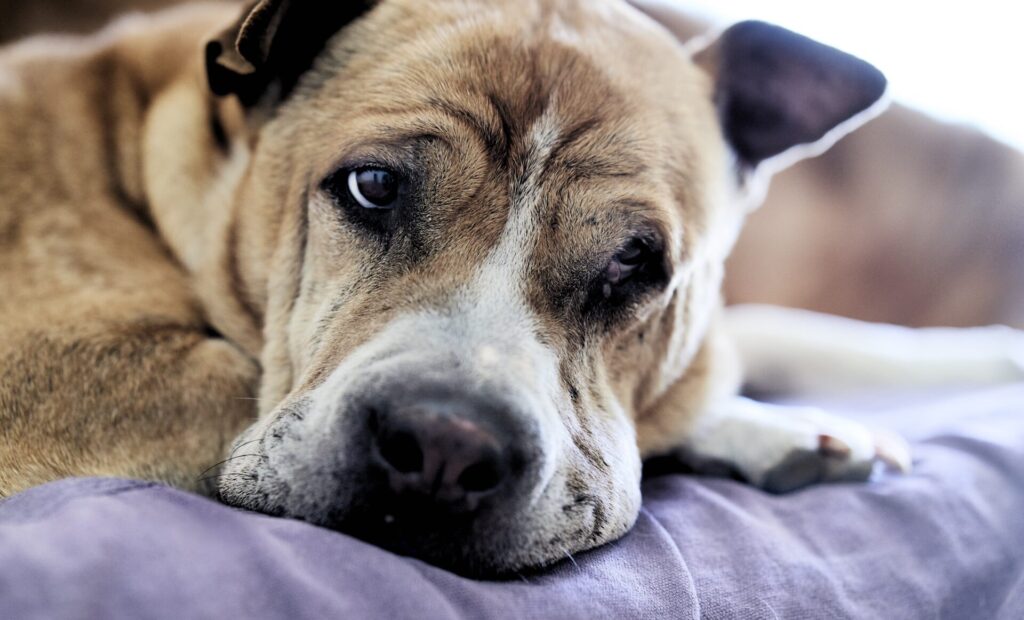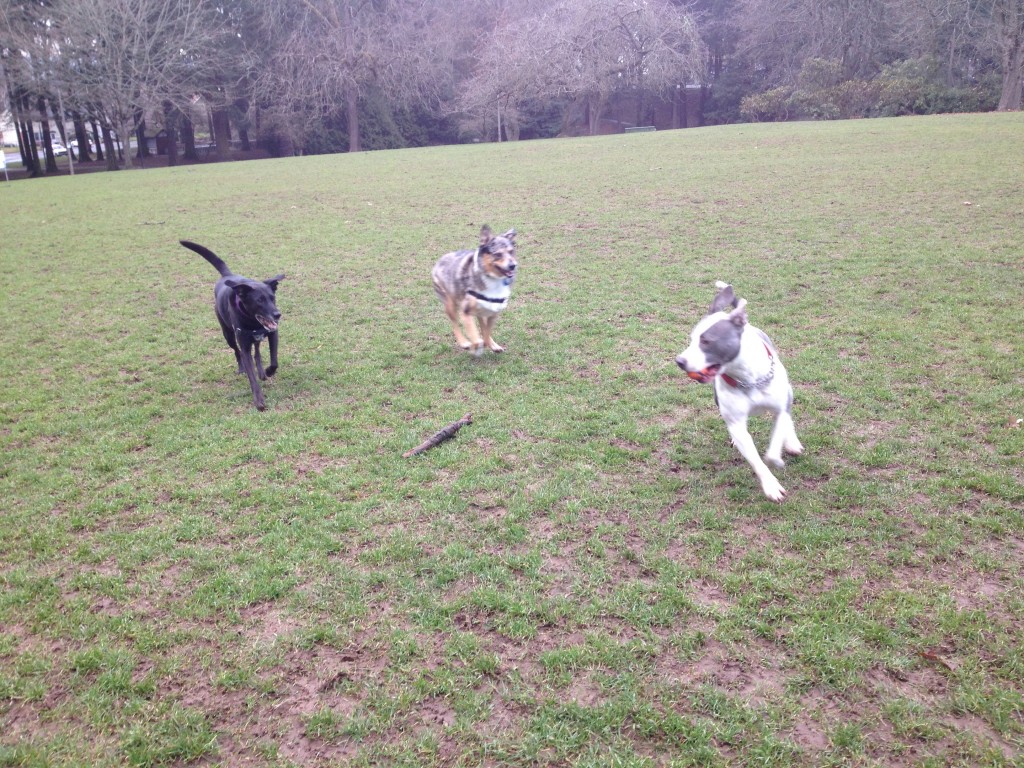Considering an operation on your dog’s knee? There are several important factors to consider before diving into a major undertaking that will affect not only your dog’s health but your entire lifestyle as well. This article has outlined the top ten most important considerations before ACL surgery for your dog.
Here are the top ten things to consider before Dog ACL surgery:
- Conservative Management
- What Type Of Surgery Is Best For Your Dog: TPLO, Tight Rope, Lateral Suture Technique, or TTA
- Home Preparation For Post Operative Care
- After Surgery Care
- Rehabilitation & Reintegration
- What Veterinary To Use: Their Certifications and Qualifications
- Can You Take Time Off Of Work To Be With Your Dog Post Surgery
- Financial: The Cost Of Surgery
- Physical Therapy
- How Long Your Dog Will Limp After Surgery
Conservative Management
Depending on the age, size, and severity of your dog’s knee injury, conservative treatment may be an option to consider before endeavoring on the long, costly, and exhausting process of full on knee surgery.
If a smaller dog has a minor tear to their cranial Cruciate ligament (the ACL in humans) or if your dog has other underlying conditions, you may want to consider conservative treatment.
Conservative treatment will look different for different dogs and their owners. It may simply mean confining your dog to a smaller portion of your home, taking your dog for shorter walks, and generally allowing nature to heal the tear on its own.
It could also mean having your dog fitted for a knee brace that they can wear while they are out on their walks, while still confining them to a smaller space at home and limiting more extreme activities such as jumping and running.
This type of treatment may include some vitamins, physical therapy, and even gentle massage from you the owner.
If the tear in your dog’s knee is minor, it may be best to allow the natural healing capacity of the body to do its work with some additional support from you the owner in creating a healing environment for your dog.
Further, if finances are an issue and you cannot afford costly surgery, it is possible to care for your dog’s knee injury in an affordable way using conservative treatment methods.
Finally, if you have an older dog, the trauma of surgery may not be worth it for the quality of life they have remaining. In this case some tender loving care from you may be your best option.
What Type Of Surgery Is Best For Your Dog: TPLO, Tight Rope, Lateral Suture, or TTA
Lateral Suture technique for many years was the only available dog knee surgery for an ACL tear. It is commonly practiced around the world and is often more affordable than its counterparts.
Deciding which type of surgery will be best for your dog will depend upon the type of injury experienced, and the size of your dog. It will be important to research the nature and details of each of the primary four types of surgeries and whether they are offered at a clinic near you.
All types of dog knee surgery will require significant recovery time and your care involvement. There is no magic fix and regardless of what type of knee surgery you choose, you will still need to prepare your home, take time off work, and spend considerable time rehabilitating your dog.
Interview several different veterinarians to find a second, third, and fourth opinion on what is the best type of surgery for your dog. Find out what type of certifications the veterinarian has, as well as their experience level with each surgery.
Once you decide on what type of surgery is best for your dog, you will need to choose the clinic where the operation will occur, and begin to prepare your home for post operative care.
Home Preparation For Post Operative Care
Preparing your home for post operative care may be the most rigorous portion for you the owner. Even if you choose conservative treatment you will still need to create space for your dog to heal.
This will mean that on the first floor of your home (if you do not live in an apartment building) choosing one room that your dog will be confined in order to avoid excess moving, running, and jumping. Remove couches or furniture that your dog may jump on to and be sure that the floor is not slippery.
Placing yoga mats, or an area rug on the floor will help to reduce any slipping and sliding around. You can purchase a ‘baby gate’ to ensure that your dog does not get out of their healing space. Please read (insert article) for more details on how to create a safe healing space for your dog after their knee surgery.
After Surgery Care: Will Your Dog Spend The Night In The Clinic Or Come Home On The Same Day As Surgery?
Your dog may be in and out of surgery fairly quickly, however the first few hours and days after surgery are critical to their healing journey. Please be sure that your hope and schedule are well equipped to handle this intense period of time.
Your dog may be unwilling to eat for the first day or two after surgery, but it will be important for them to continue to hydrate well. Your dog should be confined and have a bed or nest ready so that they can spend time resting and relaxing. Remember you are very important to your dog, so perhaps setting up a bed in their recovery room for yourself could be helpful for their emotional needs. Be available to pet, snuggle, and otherwise love your dog.
Their walks, if they occur at all, should not involve stairs and should just be in order to use the bathroom. Be there for your dog in their confinement, help them to stay relaxed, and make sure that anything that may excite them such as visitors, door bells, or anything else are kept to a minimum.
Rehabilitation & Reintegration: A Six to Twelve Week Period
It sounds initially like a very long recovery period for your dog post knee surgery, however every day you will notice an improvement and slowly your dog will begin to re-integrate into a fully mobile lifestyle again.
Consider this time frame in smaller groupings:
- The day of surgery
- First three days following surgery
- First week after surgery
- Week 2-4
- Week 4-6
- Week 6-9
Breaking the time of recovery up into sections will give you inspiration to continue on a healing path slowly. It is best to start with short, slow walks, and incrementally add time and speed to the walk.
Your dog should not to be playing with other dogs, running or jumping for the first nine weeks following surgery.
Physical therapy and monitoring the point of incision will all be crucial. Be aware of any postoperative checkups with your doctor to ensure that your dog’s incision point is not infected and is healing appropriately.
You and your dog can get through this period of time, but patience is key so as to not re-injury the knee.
What Veterinary To Use: Their Certifications and Qualifications
Depending on where you live your choices may be limited or bountiful in choosing a veterinarian who can care for your dog’s knee surgery. Clearly high density urban areas will give you more choices, but not necessarily better ones. For people living in more rural areas your options may be limited, but be sure to interview your Veterinarian beforehand either way.
Here are a list of questions to ask your prospective dog surgeon:
- Is the veterinarian board certified or not? (insert link)
- How long has your veterinarian been performing knee surgery?
- What knee surgery does this animal doctor have experience with?
- Is the clinic supervised 24 hours a day?
- Are there payment plans available through the clinic?
- What kind of after care is available?
After interviewing several animal physicians you will be able to choose the right fit for you and your pet.
Can You Take Time Off Of Work To Be With Your Dog Post Surgery?
Post operative care is critical for your dog, and requires your presence almost twenty-four hours a day for the first week. Are you in a position to take a week off work? If not, do you have family and friends who can help you by taking shifts with your dog?
Your dog will need a human around for most of the day and night for the initial period after surgery, so please prepare yourself by taking the necessary time off work or enlisting a team of willing helpers who can be there for your dog when you cannot.
The Cost Of Surgery: Financing Your Dog’s Operation
Dog knee surgery will cost anywhere from $1400 USD to $6000 USD depending on where you live and what type of surgery you choose for your dog. For some, this is pocket change; but if this is not the case for you, find out what type of financing is offered through the veterinary clinic.
Some clinics offer reasonable financing options, while others do not. Perhaps the surgery will need to wait while you save up for it. In the meantime you and your dog practice conservative treatment.
Animal surgery costs money and you will need to find a way to finance the operation for your dog as well as potential time off work.
Physical Therapy Post Operation
An important element of your dog’s post operative care will be physical therapy. Some clinics offer this on sight and will include it in the cost of surgery, while others will not.
It is possible to have an animal physical therapist come into your home to work with your dog, and it may also mean you helping your dog out with gentle mobility exercises and massage.
Before going into surgery, decide on how you will be able to offer physical therapy for your dog post surgery, and be willing to explore a multitude of options.
How Long Your Dog Will Limp After Surgery
The sad truth is that no matter what type of surgery you choose for your dog’s knee surgery there will be a period of limping. The limping will be at its worst when the incision is fresh and still stitched up. Little by little your dog will begin to walk normally again.
You will need to expect a period of limping that could last anywhere from two weeks to eight weeks depending on your dog, post operative care, and the type of surgery you choose (insert link).
Take Your Time To Prepare For Your Dog’s Knee Surgery And Consider The Ten Primary Factors
All dog owners love their dogs and vice versa so it is difficult to witness your dog injured. You will want to take care of your dog’s health as quickly as possible. Please do not jump into surgery before considering all of the above discussed issues.
In the long run it is better to take your time and do it right the first time than rush into surgery only to face complications or re-injury.
Your dog will heal and how you move through the process will play a critical role in how the outcome results.
Sources Cited:
- https://www.veterinarypracticenews.com/conservative-treatment-options-for-partial-and-complete-ccl-tears-in-dogs/


